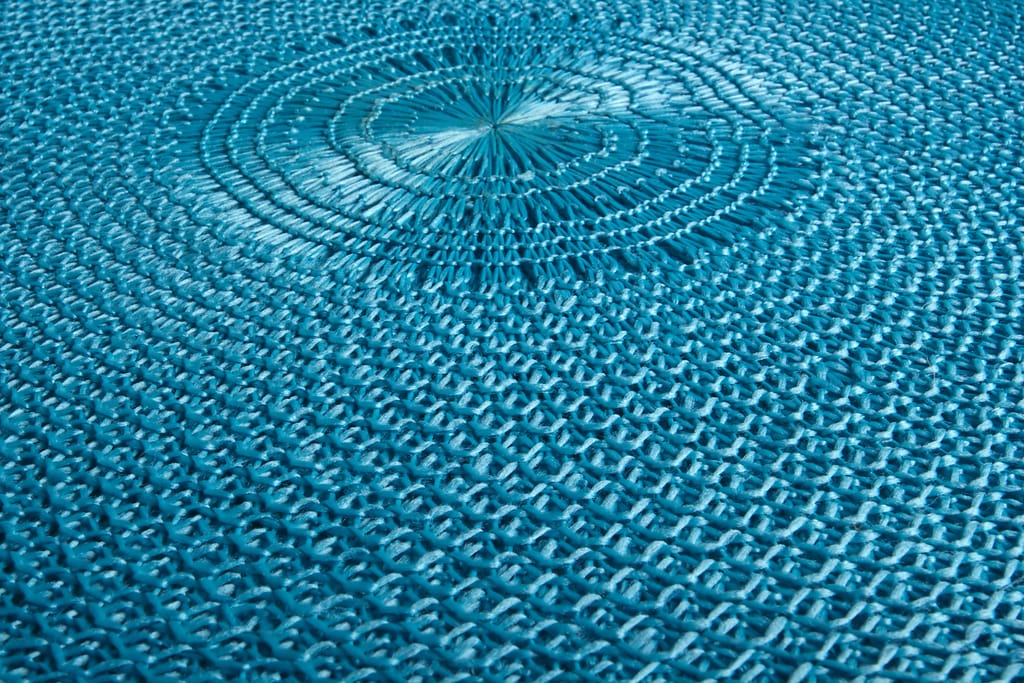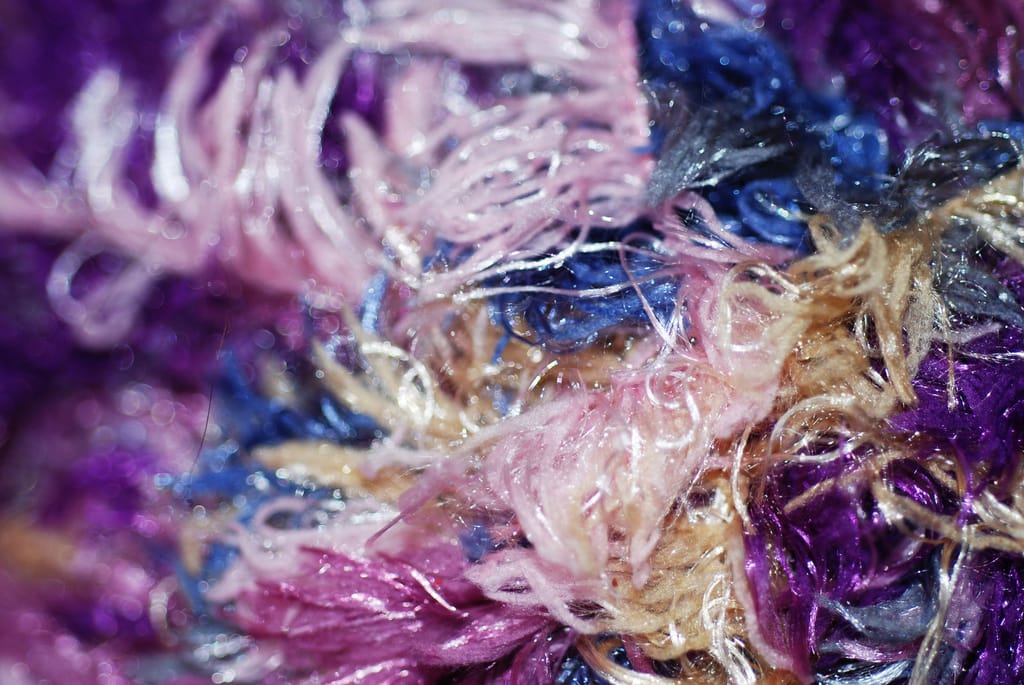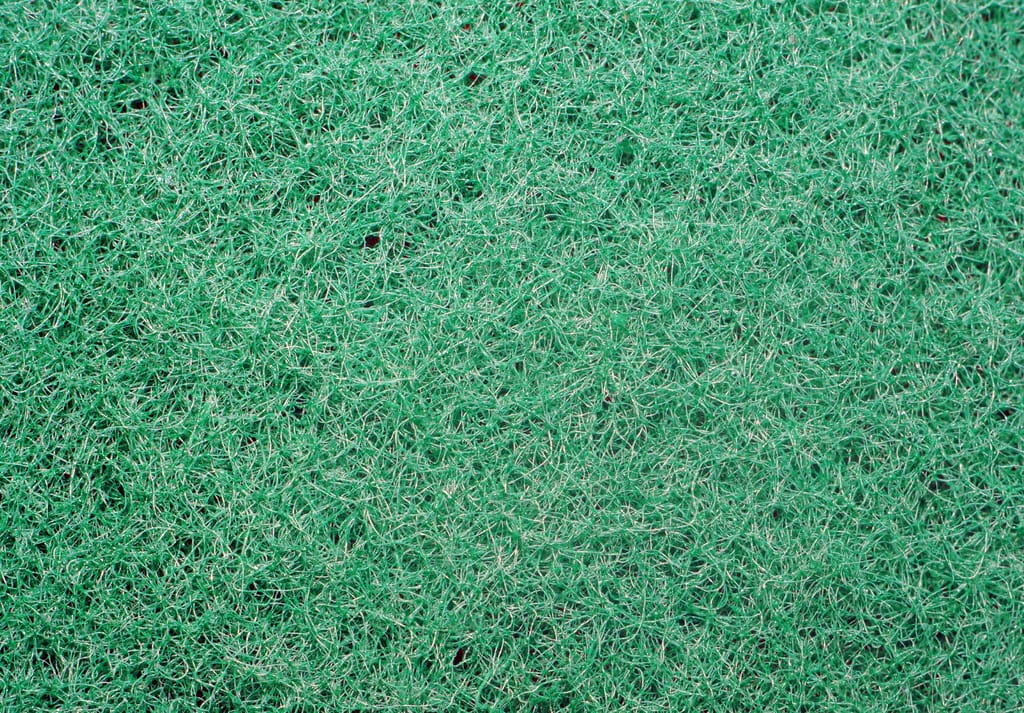What are synthetic fibers?
Synthetic fibers are man-made fibers derived from petroleum products. They make them from chemicals that are combined to create a long, continuous strand of material that can be woven or knitted into fabrics. Synthetic fibers are cheaper and more durable than natural fibers, and they can also produced them in a wide variety of colors and designs. They use these fibers in a wide range of applications, including clothing, carpets, upholstery, and filtration systems. They also use them in the production of plastic, rubber, and other products.

Types
Synthetic fibers are man-made materials that are used in a variety of industries, from apparel to automotive to construction. They are created from chemicals, either natural or synthetic, and are used to create fabrics and other materials. Synthetic fibers come in a variety of types, each with its own unique characteristics and applications.
The most common type of synthetic fiber is nylon. We know nylon for its strength, elasticity, and light weight. They use it in apparel, carpets, and industrial applications. They also use it in the production of fishing lines, ropes, and other products. Nylon can be found in a variety of colors and can be dyed easily.
Acrylic is another type of synthetic fiber. It is known for its softness, warmth, and resistance to stains. It is often used in sweaters, blankets, and carpets. It is also used in the production of outdoor furniture, automotive parts, and medical supplies. We can find acrylic in a variety of colors but is not as easily dyed as nylon.
Polyester is a strong and durable synthetic fiber. It is resistant to wrinkles and is known for its elasticity. It is often used in apparel, bedding, and upholstery. It can also be found in automotive parts, furniture, and medical supplies. Polyester is available in a wide range of colors and can be dyed easily.
Viscose is a synthetic fiber that is created from wood pulp. We know this fiber for its softness, breathability, and absorbency. We often use it in apparel, bedding, and upholstery. We also use it in the production of medical supplies and in the manufacture of household items. Viscose is available in a variety of colors but is not easily dyed.
Spandex is a synthetic fiber that is known for its stretchability and resilience. They often use it in activewear, swimwear, and athletic apparel. They also use it in the production of medical supplies and in the manufacture of furniture. Spandex is available in a wide range of colors and can be dyed easily.
Benefits
Synthetic fibers are a type of material created as a substitute for natural materials such as wool and cotton. Because of their unique properties, synthetic fibers offer many advantages that make them a popular choice for many applications.
One of the primary benefits of using synthetic fibers is their durability and strength. Synthetic fibers are resistant to deterioration, meaning they can withstand wear and tear, and maintain their shape even in extreme temperatures. They are also stronger than natural fibers, and can create fabrics resistant to tears and rips. Synthetic fibers are also much lighter than natural fibers, which makes them suitable for items such as clothing and footwear. This not only makes them more comfortable to wear but also allows them to be used to create items with a more lightweight design.
Synthetic fibers are more resistant to mildew and mold than natural fibers, making them ideal for items such as furniture and upholstery. This resistance also makes them ideal for outdoor applications, such as tents and awnings, as they are less likely to be affected by humidity and rain. These fibers are much cheaper than natural fibers, making them a cost-effective solution for many applications. This makes them a popular choice for items such as carpets, uniforms, and bedding.

Synthetic fibers and the textiles industry
Synthetic fibers have revolutionized the textiles industry, providing a range of advantages over traditional fabrics and materials. Synthetic fibers are man-made materials created from plastic or other chemicals. They are often more durable, lightweight and flexible than traditional materials, making them ideal for a broad range of applications. They are also more affordable and easier to produce than natural fibers, making them more appealing to manufacturers.
Synthetic fibers can create a variety of different fabrics, ranging from lightweight and breathable fabrics to heavier and more durable materials. This has allowed manufacturers to produce garments that are both fashionable and comfortable, while also being able to withstand the wear and tear of everyday use.
Synthetic fibers have also made it easier for manufacturers to produce garments in a wide range of colors and patterns. Using synthetic dyes has allowed manufacturers to produce garments with vibrant colors and intricate designs, making them more appealing to consumers. Synthetic fibers also can absorb and keep dyes, allowing manufacturers to produce garments with bolder and more vibrant colors.
Synthetic fibers have allowed manufacturers to produce garments that are more resistant to damage from the elements. Synthetic fibers are more resistant to fading, shrinking and other types of damage caused by exposure to sun, wind and water than traditional fabrics. This has made it possible for manufacturers to produce garments that are both fashionable and durable, making them ideal for a variety of outdoor activities.
Impact of synthetic fibers
Synthetic fibers are becoming an important part of our lives, and their impact on the environment should not be overlooked. In recent years, synthetic fibers have become the go-to choice for many consumers who are looking for an Eco-friendly option when selecting fabrics for their clothing and other textiles. Synthetic fibers are made from plastics and are often referred to as plastic fabrics or plastic fibers.
Synthetic fibers hold several advantages for environmental friendliness. For starters, they are not sourced from animals and are thus more sustainable than wool and other animal-sourced fabrics. Synthetic fibers don’t require any water to produce, making them a much more efficient option than traditional fabrics. Synthetic fibers also require less energy to manufacture and transport than traditional fabrics, saving energy and reducing emissions. Synthetic fibers are also more resistant to wear and tear than traditional fabrics. This means that they last longer, reducing the need for frequent replacement. Fabrics made of synthetic fibers are often less prone to shrinkage, fading, and wrinkling, which means less energy is required for laundering and maintenance.
However, synthetic fibers aren’t free of environmental concerns. The production of synthetic fibers often result in large amounts of air and water pollution. Synthetic fibers are not biodegradable, meaning that they will remain in the environment for a long time after disposal.

Synthetic fiber technology
The advances in synthetic fiber technology are revolutionizing the textile industry. New innovations are being developed and introduced to the market, providing a wide range of options for the modern consumer. Synthetic fibers offer advantages over natural fibers, such as increased strength, elasticity, and durability, as well as resistance to weathering and staining.
One of the most exciting new innovations in synthetic fiber technology is the use of nano-scale fibers. These fibers are tiny and can produce lightweight and strong fabrics. Nano-scale fibers are also highly elastic and can create fabrics that are more resistant to wrinkles and creasing.
Another innovation in synthetic fiber technology is the development of self-cleaning fabrics. They coat these fabrics with a special chemical that repels dirt, dust, and other debris. This technology allows fabrics to stay cleaner and fresher for longer, reducing the need for frequent laundering. In addition, synthetic fiber technology is being used to create fabrics that are resistant to fire and water damage. These fabrics are fire retardant and can resist water, making them ideal for areas where fire safety is a priority.
Finally, advances in synthetic fiber technology have made it possible to produce fabrics with a wide range of colors, textures, and patterns. By combining different synthetic fibers, manufacturers can create fabrics with a variety of aesthetic qualities.
Conclusion
Synthetic fibers are a key ingredient in the production of many everyday items and products. They have a range of advantages that make them a preferred choice for many industries, including their low cost, strength, and versatility. Synthetic fibers are durable and are used in a variety of applications, from clothing to furniture, and even in the production of medical devices.
Reference
- A. (2020, October 7). Types of Synthetic Fibers- Rayon, Nylon, Polyester and Acrylic. BYJUS. https://byjus.com/biology/types-of-synthetic-fibers/
- A. (2022, July 27). Synthetic Fibres – Definition, Concept, Types & Examples with Videos of Synthetic Fibres. BYJUS. https://byjus.com/chemistry/synthetic-fibre/
- MasterClass. (2021, August 26). Natural vs. Synthetic Fibers: What’s the Difference? – 2023 – MasterClass. https://www.masterclass.com/articles/natural-vs-synthetic-fibers